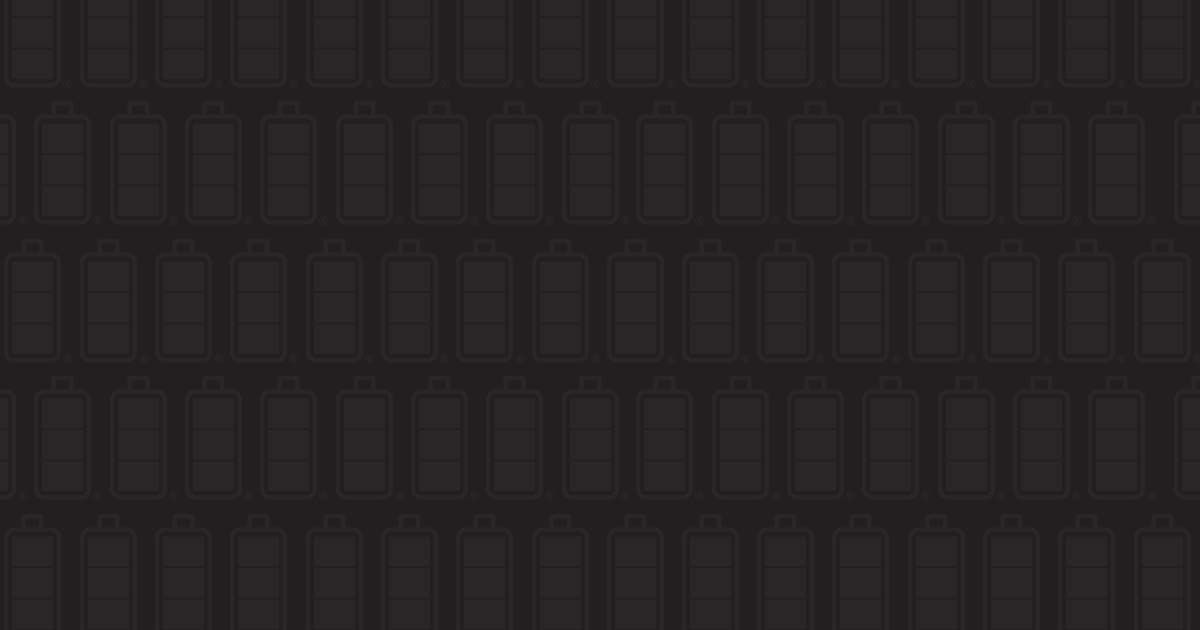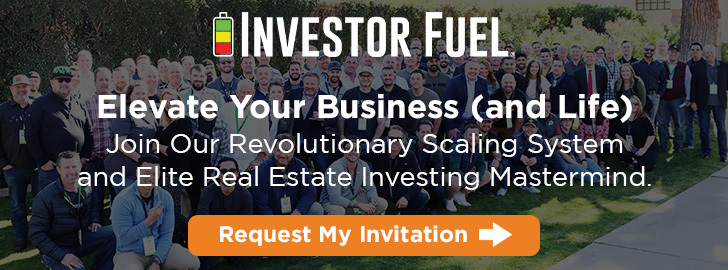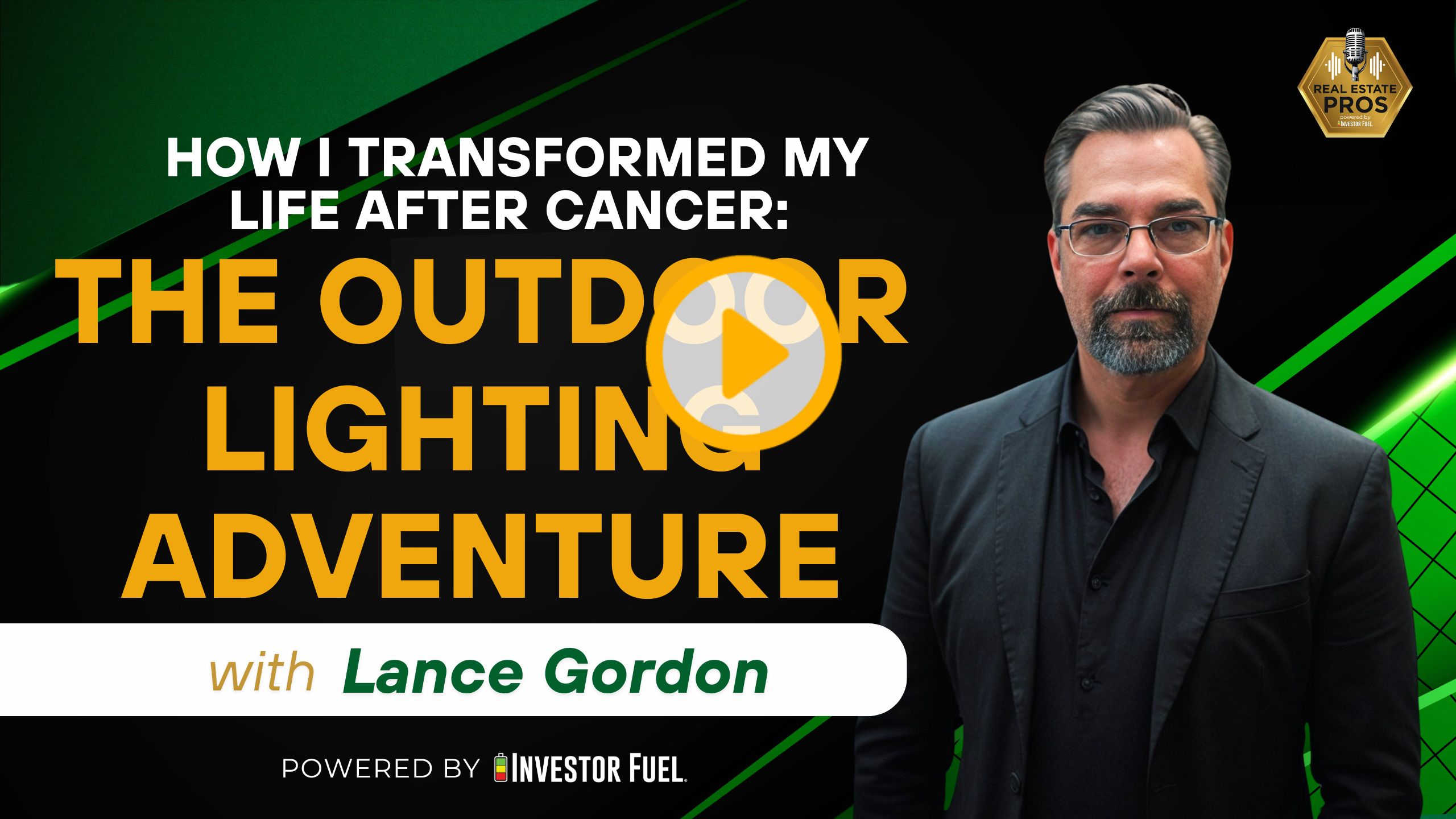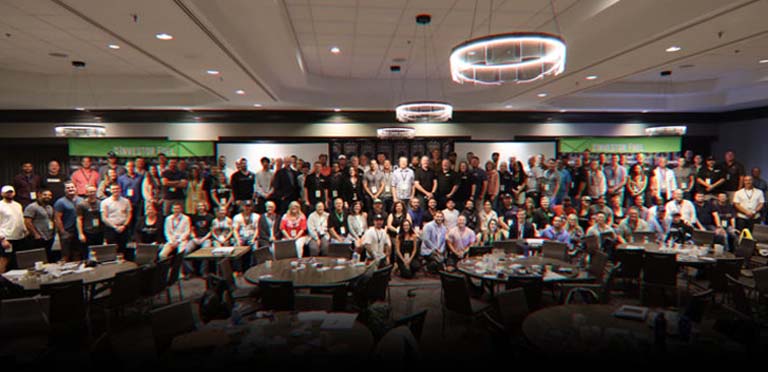
Show Summary
In this episode of the Real Estate Pros podcast, Lance Gordon shares his journey from a successful career in sales and technology to becoming an entrepreneur in the outdoor lighting industry. After a life-changing cancer diagnosis, Lance decided to pursue his passion for lighting and opened a franchise in the Bay Area. He discusses the challenges and successes of launching his business during the pandemic, the importance of networking and partnerships, and the latest trends in outdoor lighting technology. Lance also provides insights into profit margins and the unique market dynamics of the Bay Area, emphasizing his commitment to quality and customer satisfaction.
Resources and Links from this show:
Listen to the Audio Version of this Episode
Investor Fuel Show Transcript:
Michael Stansbury (00:02.13)
Hello everybody and welcome to the Real Estate Pros podcast. I’m Mike Stansberry and today with me all the way from the West Coast, Lance Gordon. Lance, how are you, sir?
Lance Gordon (00:15.372)
I’m doing great. Thanks for having me on the show.
Michael Stansbury (00:18.298)
Yes, sir, pleasure to have you. We’ll get into your story here in just a second. But first, we gotta pay the bills at Investor Fuel. We help real estate investors and service providers and entrepreneurs, two to five X their businesses, to allow them to build the businesses they’ve always wanted and allow them to live the lives they’ve always dreamed of. Lance Gordon, you’re helping people in the Bay Area with their outdoor lighting. And tell me, before you got into this, what were you doing before you got into this business?
and what made you pivot to this business, me the origin story.
Lance Gordon (00:52.238)
Sure. So my background for 30 years prior to doing this, I was focused primarily in sales, sales management, business development, and some senior level roles in the technology and financial services industries. Particular areas of emphasis were in the software world and on the financial services side, on the payments side of
that industry. And my most recent stop before deciding to do this was with a company called Tupalti. They are a company that’s headquartered in Silicon Valley and currently a unicorn in Silicon Valley speak. I was number 48 employee hired there. And for the first two years that I was there, I was the number one sales rep for them globally in all market segments.
and I got diagnosed with cancer at the age of 51. And it was prostate cancer and I added in 90 % of the organ and I don’t profess to have put up a fight in the context of other people who struggle with any kind of cancer disease. Because it was so far advanced, I had to elect to have it removed. And I went to sleep for eight hours and woke up.
January 10th of this year is a five-year anniversary of me being cancer-free from that. But what it did was it sort of served as a, you know, as a shot across the bow. My wife and I have three kids. And from a stage of life standpoint, two things. One, I was a little bit sick of the grind and not kind of being directly responsible for the majority of what results I was able to garner.
and really had an itch to explore business opportunities on an entrepreneurial basis where I could run my own business and particularly targeted something that I could apply more creative thought to. And since I was a kid, I always was fascinated with lighting. So the other thing is I didn’t really necessarily want to start a business from scratch, from the ground up.
Lance Gordon (03:19.38)
and saw some value in the franchise business model here in the US and just actively targeted a handful of industries and ultimately landed on outdoor lighting perspectives. They were around for 25 plus years, had a discernible reputation in the industry here in US and uniquely enough, there wasn’t a market presence established for them here in the Bay Area, which is a
a key market for that type of to serve. So for those reasons, I chose to exit the technology world and got started with this.
Michael Stansbury (04:01.346)
Awesome. So it was when you’re faced with that mortality of the diagnosis and then I’m sure there’s a lot more to the story. You figure maybe what do you have to lose? So that was the catalyst in maybe going, all right. I’m sure that, and I’m reading into this so you you chastise me if I’m wrong, but what I’m reading into is that the grind of being in sales in that industry and what you were doing that was putting a lot of
you’re putting a lot of miles, putting a lot of time, effort, and you’re working for obviously a business, a corporation. And that can add a lot of stress to a human. And then what I’m hearing is what you articulated is like, all right, well, if I can apply myself in this other endeavor, and maybe I can get more of the result that I’m looking for. I can get profitability.
build something that’s Lance Gordon’s. Is that what I’m hearing?
Lance Gordon (05:04.238)
You hit the nail right on the head and you know the design side of what we do is sort of an added benefit to that as a backdrop that you just summarized and I really enjoy the process of learning what’s important to a property owner and coming up with something that’s create a wow for them with you know whatever their their needs are so Absolutely, that’s a very well put
Michael Stansbury (05:29.02)
So you started from, you were the franchise, which is great because it sounds like they had systems and processes. Franchises are great if you wanna plug and play with the systems and processes. But you went in and now you’re five years in in the company. Kind of walked me through the first couple years of sales and marketing and how you got maybe a foothold into market share. What did that adventure look like?
Lance Gordon (05:55.31)
Well, that’s a very interesting question. we launched in June of 2020. So if you can kind of place that on the calendar, it was right at the onset of the lockdowns in California and the pandemic. you know, at first there was a lot of uncertainty that came with that and whether or not this was the right decision to make. And, you know, through digital marketing,
It was leveraged in part through the apparatus that’s made available to us as an owner-operator in the outdoor lighting perspective system. We get a fair amount of value-add from a marketing standpoint. So our website, through Scorpion, our digital marketing campaign at the time was also through them, either through a pay-per-click or just through organic presence creation.
which was a bit limited for us at the start for the first couple of years. But at that time, what ended up happening was for that first year and a half, two years, you know, in the timeline that you asked for, leads were falling out of the sky because there was a huge, almost unprecedented spike in home improvement spend because people were spending, because of the pandemic, so much more time at their home. And with that came
a fair amount of demand behind wanting to extend the living space for those reasons. So it was like drinking water from a fire hose, full transparency, and I had trouble keeping up. And we did a great job and generated a lot of revenue. And it was, you know, we were one of the top performing locations of the 60 or so locations that we have in the US at the time. But with that came a lot of mistakes.
you know, in growing pains. But generally from a marketing standpoint and from a lead gen standpoint, was almost heavily, the majority of the leads came in from our digital marketing campaigns and developing an organic presence for the business here in the area. And then we did some stuff with, at the time, it was called Home Advisor, I believe, but they rebranded to Angie. And we got some
Lance Gordon (08:19.53)
About 10-15 % of our business during that two-year window that you asked about from those guys as well
Michael Stansbury (08:25.564)
So, know, people always talk about the different problems they have in their business. Some people’s problems is, I don’t have any leads. Some people’s problems is they have too many leads and it breaks stuff. And so stuff got broken in two years, but that’s always, that’s a good thing. Cause you find out where the stress is in your business and you know, where to, where to fix that. and, but yes, I remember because obviously I went through it.
And I remember at the time we were doing a remodel to our house right when it hit. And then it was like, okay, we don’t know how long this is going to be. So we might as well build a pool and a pool house. And it seemed like everybody had the same mantra. And the only reason ours got done as quickly is because I know more contractors, but they got backed up for like…
you know, uh, eight months, nine months, my pool guy, you know, what had sold so many pools, he couldn’t get to them. You know, he just couldn’t get to them. So, uh, you’ve survived those first two years of the COVID insanity and the, the amount of leads and, you know, tell me like where are we in 2025? What, how does business look like? How do you, how are you dealing with your leads? Are you, are you in other markets? Are you just maintaining that market there? Tell me what that looks like. Lance.
Lance Gordon (09:51.754)
We’re maintaining the current market which you know for those that are listening that aren’t familiar with the Bay Area that there are kind of burrows if you will or or segments of the San Francisco area that you know like North Bay for example, which is in the name of the company and that’s where we were based out of then there’s the East Bay which is like Alameda County where Oakland and Berkeley are and Contra Costa County, which is where Walnut Creek is so right now we get about
50 to 55 percent of our business from the North Bay area, is Marin County, Sonoma, Napa County, where wine country is, and Marin is just north of the Golden Gate Bridge. And then the East Bay in Alameda and Contra Costa County represents the other portion of our business. About 70 percent is residential today, and about 30 percent is commercial. And we’ve seen a big uptick in
interest in engaging with us for commercial projects here in the Bay Area, I would say over the last two, two and a half years. Some of that actually is in downtown San Francisco. And once the lead flow started to subside post pandemic, we were left with having to try and both react to that and the impact that would have both operationally and otherwise.
and then look for other ways to try and create lead genin. On or around three years ago, or just heading into our third year, we started to benefit from word of mouth, which is always great when that happens because it’s not an expensive cost to acquire a client. But the other thing that I made a conscious decision to do is to start to really actively engage with networking in those areas that we serve.
you know, to identify trade alliance targets. A trade alliance to us means, you know, in our business, you know, architects, landscape architects, landscape designers, pool maintenance folks, anybody that’s out in front of our ideal customer profile and doing other work that creating a sense of awareness about who we are, what we do, and the value that we offer.
Lance Gordon (12:16.462)
That’s had a big impact on our business from a lead gen standpoint over the last two and a half years or so. And we’re still continuing to invest a lot of time and energy in doing that.
Michael Stansbury (12:22.182)
Yeah, see you.
Michael Stansbury (12:27.398)
That’s interesting. So I think the term with the networking group that I was associated with was called a power team. And so, hey, they’re talking to your customer right now. And you want them to be able to offer outdoor lighting perspectives as a solution to their need. And the networking or educating, if everybody in the
specifically the service industries got together with four or five core people. They could do a lot of fun. They could have a lot of fun by selling each other services in a kind of a, you know, a referral type situation because you’re already talking to those customers. you’re doing this landscaping. What are we doing about lighting? you’re painting the outside. You know, again, what are you doing about landscaping and so on and so forth. And it just works really, really well.
Lance Gordon (13:23.81)
Yep, you know another added benefit to that kind of campaign it unexpectedly resulted in us kind of identifying some other competitors that we weren’t previously aware of because you have those conversations we’re already working with so-and-so and now I have the opportunity to kind of learn a little bit about the market in that way as far as you know validation of our value proposition or if necessary
considering altering or modifying it slightly to make sure that we’re best positioned for those types of opportunities. So that happened as well.
Michael Stansbury (14:01.884)
Okay, so, all right, so we’ve seen a lot of technology advances in different aspects of everything in life, but specifically in lighting. So, has there been anything in the last three four years that’s like, this is exciting stuff that I get to bring to the marketplace now with lighting?
Lance Gordon (14:20.654)
Yeah, I would say two things. I’m going to focus a fair amount of time on this first one because it’s particularly relevant to the question you asked. Permanent holiday lighting, roofline lighting, is something that, and by the way too, the nature, four of the top 10 per capita counties in the country are in my backyard here. And you’ve got Silicon Valley in close proximity to where we are.
So there’s no shortage of innovation in general, culturally. It’s kind of embedded in the culture here, latest and greatest, and early adoption to things. So when we first launched early on in 2020, we started to get some inbound inquiries about we want to do permanent holiday lighting. And I didn’t even know what that meant.
did some research and talked to some of the owners in our network and discovered a company that’s headquartered in Salt Lake City, Utah called Everlites. And we were one of the early adopters of that trend, not only in the US, but here in the Bay Area. the value prop to the client oftentimes is if they’re spending a lot of time on a more subscription-based model scenario where somebody comes in and they
put lights up in November and they come back first week of January and take them down. When you add up three to five years of that, the cost of doing something with 50,000 hours of reliability at the light level, which is like 12, 15 year outlook, it’s more cost justifiable to do something permanent. And you don’t necessarily see those lights in the light of day. They’re fairly transparent.
very early in that by accident. can’t take credit for thinking of doing that. It just kind of fell into us and that part of our business grew pretty significantly even when we first got started. And all that has done over the last two years is continue to grow in demand here in the U.S. And now we represent a company called Gemstone as well in the
Lance Gordon (16:46.443)
permanent holiday lighting industry and we’ve just had a lot of success with it and it’s definitely in high demand for the reasons that I mentioned to you earlier.
Michael Stansbury (16:56.688)
Yeah. And let’s not. No, go ahead.
Lance Gordon (16:58.598)
The second thing, second thing too, sorry, just real quick. Color changing lights in general are becoming more and more of interest. It kind of depends on the aesthetic. Like I’m not getting a lot of people in wine country, Napa and Sonoma that want to, you know, create like a South Beach Miami look with the facade of their house. But it’s definitely an emerging trend and, you know, we look to try and identify that type of need early on in our discovery.
process to kind of figure that out.
Michael Stansbury (17:31.162)
Okay, well let’s talk some inside baseball. And I’m, because I’m very curious, I always tell all business owners, you share as much as you want to share, but I always like to think about profit margins on, let’s say that I’m, let’s say I got a 4,000 square foot house, and it’s a single story. It’s just a big, it’s a big house, it’s not two stories. And I want to put this gemstone permanent lighting up. You how much is it gonna cost retail? And then what does the profit margin look like on that once you,
associate labor and all the fun stuff as much as you want to share.
Lance Gordon (18:03.438)
So yeah, no, it’s a fair point. what I will tell you is a fair question to ask, I should say. There’s a big variance to that across the country depending on cost of living index. So what I pay for labor here in the Bay Area is materially higher than other areas in the country. With that high per capita metric I shared
Comes higher expense across the board for a lot of things including at five dollars and thirty cents a gallon for gas to get to a job site Right so and then you know being a licensed I’m a licensed low voltage electrical contractor here in California and with that comes some additional operating expense to get through the year Just staying compliant and
Michael Stansbury (18:42.982)
You poor people over there.
Lance Gordon (19:02.016)
and also to making sure we’re carrying the right level of insurance. And then on top of that, the insurance is inflated here depending on what type of policy we’re talking about, just being in the state of California. you know, going back to the of the crux of your question, I don’t know if I want to get into specifics in terms of what our acquisition cost is, but permanent lighting is
charged on a per linear foot basis and we are within market standard for those products or maybe a little bit shy of it. So for permanent holiday lighting we’re getting anywhere from $35 to $42 per foot in market here where in South Dakota it might be you know $30 to $35 a foot or
$28 it be and it’s just because of the economics behind how you have to get there and You know from a profit margin standpoint I’m managing the business to to get to a point where at the end of the year we have a net profit of anywhere between You know 14 to 17 percent if I’m executing on that then I’m running an effective business keeping the lights on and keeping good
trusted, valuable employees interested in staying engaged with us.
Michael Stansbury (20:34.13)
That’s great. Yeah, that was a good, and so just to belabor the point, Lance, I mean, I’m in Memphis, Tennessee, a 4,000 square foot house here costs about $600,000 in your area. That would be in the two million probably, yeah.
Lance Gordon (20:49.966)
Yeah, that’s the other thing. Yeah, it’s a bit of an anomaly. I will tell you this, and I say this with the utmost respect, and I don’t wanna be that guy from California that sounds arrogant about where I live and all that, But believe it or not, 1.2 million and below in terms of a property value is not often a fit for our business.
Michael Stansbury (21:19.036)
Right, sure.
Lance Gordon (21:20.44)
But that, you know, a $2.5 million house here is equivalent to the house that my brother lives in in Alpharetta and he’s off the 17th fairway of the Golf Club of Georgia and that’s an $800,000 house. You know, there’s nothing like that out here, so.
It’s all relative and then you know the other thing with permanent. It’s not the square footage of the house It’s actually the linear feet of the line that they want to take with the lights where they want to put them and you know, we’re usually Any from anywhere from 80 to 200 feet and in between in terms of the middle bell curve For what is in demand out there for that and then you know last year it was Permanent ended up being about I think was just over 20 % of our gross revenue. So it’s not
Michael Stansbury (21:50.204)
Linear foot, right? Gotcha.
Michael Stansbury (22:13.158)
Okay.
Lance Gordon (22:13.73)
We’re not heavily reliant upon it, but it’s there and it’s something that we’ve acquired an expertise for and where there’s interest to do that on the home, we’re happy to help.
Michael Stansbury (22:23.73)
That’s great. And so that’s interesting that you’ve seen that market steadily go up on the outdoor lighting. Do you guys do not permanent Christmas lighting as well or is it a holiday lighting with kind of a commercial type, I guess, application?
Lance Gordon (22:42.636)
So the short answer on the subscription type model, as I describe it, we have kind of stayed clear of that. There’s some things operationally and logistically that I don’t really have the stomach for, candidly, warehouse space to keep garlands and wreaths in storage throughout the year. mean, it’s not like it’s too expensive to do it, but.
Michael Stansbury (22:58.972)
Yes.
Lance Gordon (23:07.49)
that business is more expensive out here like anything else. I milk and bread is more expensive here in California. I’ve stayed clear of it mostly because I don’t really have the time operationally and the resources to do it the right way. We are, it’s funny that you ask that, it is something that we are not fully intent on doing but currently trying to cost out.
to potentially introduce into our offering heading into this coming holiday season at the end of the year. And I would say worst case, we’ll probably be doing it holiday season 2026. It’s possible we’ll do it this year as well. it’s just, you know, one of the things I learned during that two year window where things were explosive in demand here was you have to really, and I don’t think it’s necessarily limited to that. It’s a business.
lesson that can be sometimes a hard lesson to learn. You got to be careful not to bite off more than you can chew and get out ahead of your skis because there’s two things I won’t compromise. One, I’ve done a really good job of executing on it. It’s the design process for everything that we do. The second thing is, which I haven’t done as good a job as I would like to do and I’m
constantly trying to get better at from one week to the next is just making sure the quality the experience that we deliver on is representative of what we want to do as a business now where I’ve fallen short with that is just you know sometimes I you know an email get lost in my inbox because I’m wearing all the hats and I May not have time to follow up as quickly as I’d like to with somebody that’s asking a question. I’m doing some things to try and alleviate that but
you know adding that kind of business model into our equation from talking to other owners and kind of listening about what it takes to do it. just I’ve been really reluctant to do that part of it because I just don’t want to further exasperate some other things I’m still doing some cleanup on if that makes sense.
Michael Stansbury (25:22.374)
Yep, no Lance, absolutely. Staying in your lane is good. That’s one of the things that most business owners sometimes get bogged down with is when things are going good and they’ve got this really nice thing going, they add something to it that then adds complexity. But I love it that you found, again, one of the things that I like about the story, so many people run businesses that they, but they’re not in their unique space.
unique zone for and with the fact that you’ve been interested in lighting and the way that it adds value to residential commercial spaces since you were a young man. It just tells me that you’re doing something that you love and you’re not going to compromise on that. And you’re showing people, this is really what it’s going to look like. And this is why we put the lighting here and use this wattage and all the fun stuff. that’s, I think that’s what makes you
Unique in that because some so many people just they get a franchise because hey the profit margins are Or where I need to be to make a little bit of money so I can feed my family which is Right. It is that is primary but also it really adds to it if you can have a passion behind what you’re doing So Lance, where can people find out more about outdoor lighting perspectives of North Bay?
Lance Gordon (26:42.272)
So our website is www.OutdoorLights.com forward slash north dash bay forward slash. And then I’m assuming your audience is out, not just here in the Bay Area. So for anyone that might be interested in the value that outdoor lighting perspectives has to offer, they can go to www.OutdoorLights.com and they can
Michael Stansbury (26:57.699)
All over, yes sir.
Lance Gordon (27:11.992)
there’s a section on the website where they can enter their zip code and see if one of the sixty locations that we have throughout the U.S. is in their area where they might be able to help. I can tell you that I stand behind not only the work we do here in the Bay Area, but each and every one of the other areas throughout the U.S. where there’s a location for OLP.
Michael Stansbury (27:34.33)
Okay, that’s great. You stand behind the product and you stand behind the company overall. love it. So Lance, thank you for being part of the Real Estate Pros podcast. Folks, the information about Lance and the outdoor lighting perspectives of North Bay will be in the show notes, so check out that below. Thanks for watching and do all the things. Like and subscribe, everything that the influencers tell you to do. Do here, make a comment, leave it, and we’ll see you next time.
Lance Gordon (28:02.542)
Thanks for having me.
Michael Stansbury (28:04.882)
Yes, sir.







